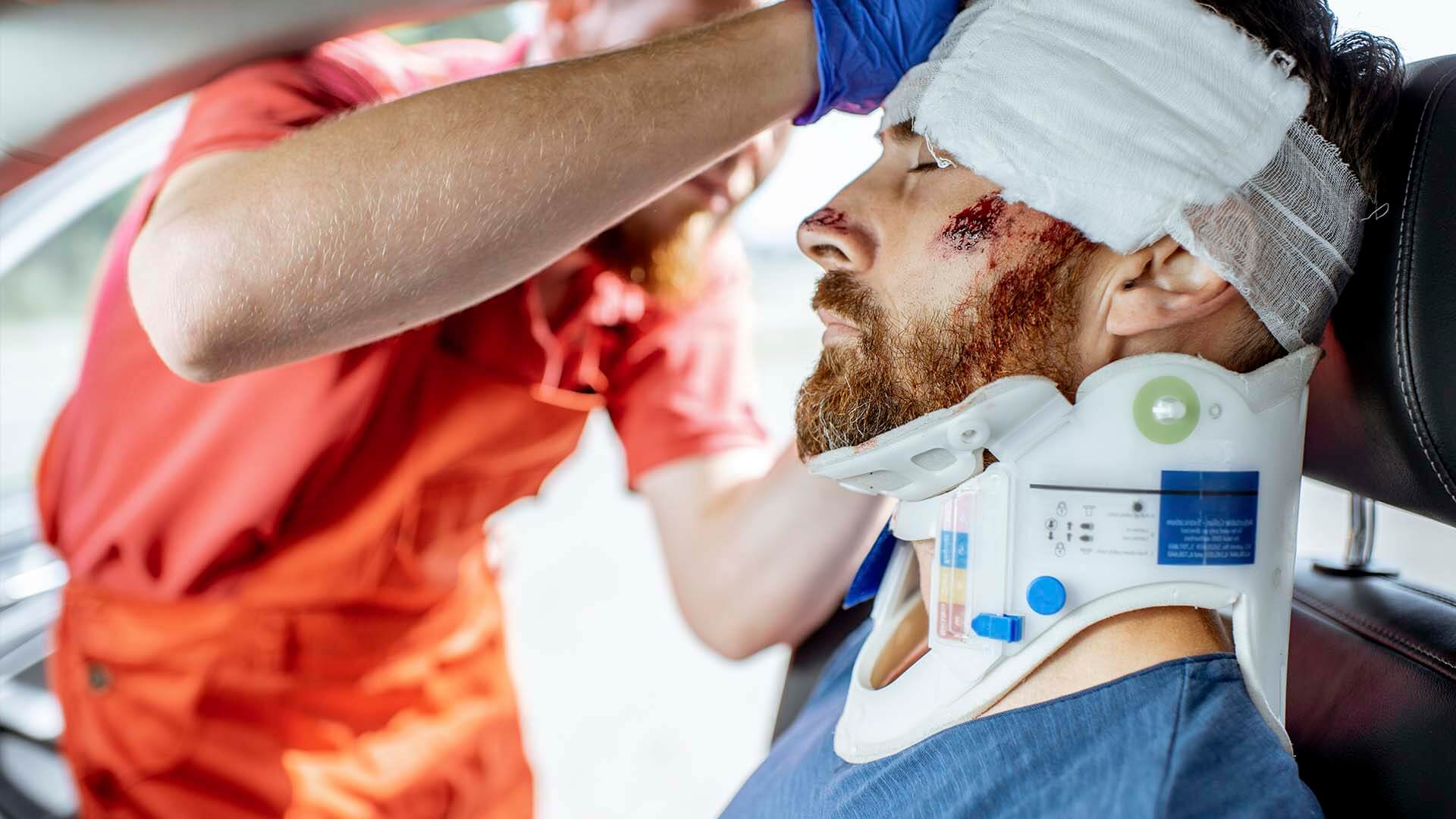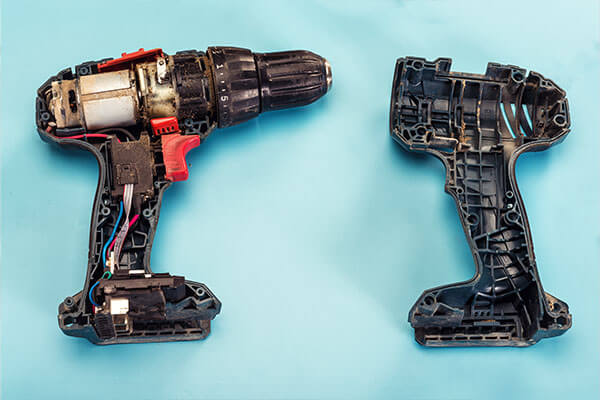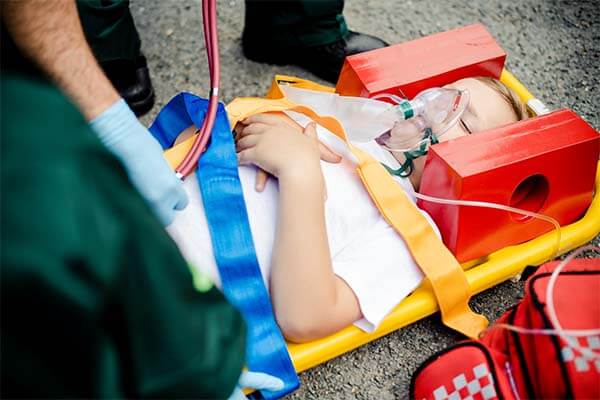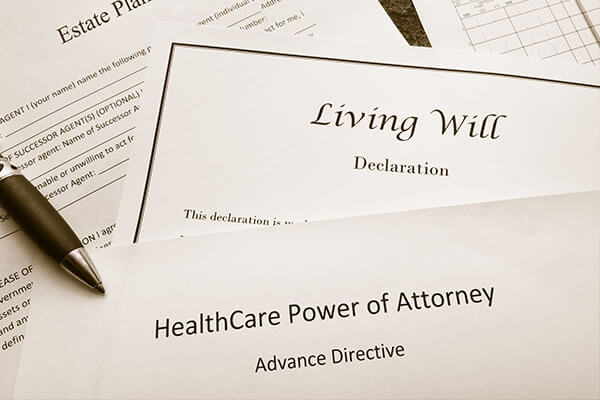
Your Case is Our Cause
Local Lawyers for Seatbelt Injuries
A seatbelt is designed to be a critical safety device, intended to protect passengers by restraining them during a collision and reducing the risk of injury or death. However, when a seatbelt fails to function as intended, it can lead to serious injuries, despite its crucial role in saving lives


If you or a loved one has suffered from seatbelt-related injuries due to defective design, improper installation, or other factors, you deserve justice and compensation. At Schiffman Firm, our experienced personal injury and product liability lawyers specialize in navigating the complexities of seatbelt injury cases. We are dedicated to fighting for your rights and ensuring you receive the full support and compensation you are entitled to. Trust us to be your advocates in this challenging time, as we have successfully represented countless clients in similar situations.

Start Your Free Consultation
Seatbelt Injuries Resource Center
What Can We Help You With?
Defective Design, Improper Installation
How can a seatbelt cause an injury?
While seatbelts are essential for vehicle safety, certain factors can lead to seatbelt-related injuries during a car accident. Understanding these causes can help in identifying potential issues and ensuring better protection for vehicle occupants.
Defective Design
Seatbelts must be designed to withstand the forces of a collision and function correctly under stress. However, manufacturing defects or design flaws can compromise their effectiveness. Some common design-related issues include:
- Latch Failure: The seatbelt latch might not engage properly, causing it to unlatch during a crash.
- Retractor Failure: The retractor mechanism, which locks the seatbelt in place during a sudden stop, may fail, allowing excessive movement.
- Material Defects: Poor quality materials can lead to tearing or fraying of the seatbelt during an impact.
Improper Installation
Even a well-designed seatbelt can fail if it is not installed correctly. Improper installation can occur during vehicle manufacturing or when a seatbelt is replaced or repaired. Issues might include:
- Incorrect Anchoring: If the seatbelt is not anchored securely to the vehicle frame, it may not provide adequate restraint.
- Misalignment: Misaligned seatbelts can lead to uneven distribution of forces, increasing the risk of injury.
Incorrect Use
Proper use of seatbelts is crucial for their effectiveness. Incorrect use can significantly increase the risk of injury. Common mistakes include:
- Improper Positioning: Placing the shoulder belt under the arm or behind the back can lead to severe injuries during a crash.
- Loose Fit: A seatbelt that is too loose may not restrain the occupant effectively, leading to greater movement and potential injury.
- Use of Aftermarket Products: Add-ons like seatbelt adjusters or pads can interfere with the proper functioning of the seatbelt.
Force of Impact
The severity of a collision can impact how well a seatbelt performs. In high-speed crashes, the force exerted on the seatbelt and the occupant can be extreme, sometimes exceeding the design limits of the seatbelt. This can lead to:
- Excessive Pressure: The force can cause the seatbelt to exert extreme pressure on the chest and abdomen, resulting in fractures and internal injuries.
- Sudden Deceleration: Rapid deceleration can cause the head and torso to be thrown forward, leading to whiplash, neck, and head injuries.
Incompatibility with Child Restraints
When using child car seats or booster seats, proper installation and compatibility with the vehicle’s seatbelt system are essential. Issues can arise if:
- Incorrect Installation: The car seat is not installed securely, leading to excessive movement during a crash.
- Incompatible Systems: Some seatbelts may not work well with certain car seats, reducing the overall protection for the child.
Age and Wear
Over time, seatbelts can degrade due to regular use and exposure to sunlight, moisture, and other environmental factors. Older seatbelts may have:
- Worn-out Webbing: Frayed or worn seatbelt material can reduce its strength and effectiveness.
- Faulty Mechanisms: Retractors and latches can become less reliable with age, leading to potential failures during an accident.
Chest Fractures, Whiplash, Concussions
What types of injuries can occur if a seatbelt fails?
Understanding the types of injuries that seatbelts can cause and the circumstances under which these injuries occur is crucial for anyone involved in a car collision and a faulty seatbelt is at play.
Chest and Rib Fractures
The force exerted by a seatbelt during a crash can be intense enough to break ribs or cause fractures in the sternum. This is particularly common in high-speed collisions.
Abdominal Injuries
Improperly positioned seatbelts can compress the abdomen, leading to injuries to internal organs such as the liver, spleen, and intestines. This is often referred to as “seatbelt syndrome.”
Internal Organ Damage
The pressure from a seatbelt can cause internal bleeding or damage to vital organs, which may not be immediately apparent after the accident.
Whiplash and Spinal Injuries
Although seatbelts restrain the body, the sudden stop can still cause the head and neck to jerk forward, leading to whiplash. In severe cases, this can also result in spinal cord injuries.
Soft Tissue Injuries
The impact can cause bruising and tearing of muscles, tendons, and ligaments, particularly in the shoulder and neck areas where the seatbelt makes contact.
Lacerations and Abrasions
The seatbelt itself can cause cuts and scrapes, especially if it moves across the skin during a collision.
What are some of the largest seatbelt recalls?
Seatbelts, like any other component within a motor vehicle, can be suspect to manufacturer defects.
Here are examples of some of the largest seatbelt recalls in history, illustrating the significant impact of seatbelt defects and the importance of safety measures in the automotive industry:
Takata Corporation Seatbelt Recall – 1995
One of the earliest large-scale recalls involving seatbelts occurred in 1995 when Takata Corporation recalled over 8 million seatbelts. The recall was due to a defect where the release button on the buckle could crack, making it difficult to unlatch or causing it to unlatch inadvertently. This defect posed a serious risk of injury in the event of an accident.
Ford Motor Company Seatbelt Recall – 2016
In 2016, Ford issued a recall for approximately 650,000 vehicles in North America due to defective seatbelt anchor pretensioners. The pretensioners could generate excessive sparks, which posed a risk of fire, especially in the presence of combustible materials. This recall affected several popular models, including the Ford Fusion and Lincoln MKZ.
Toyota Motor Corporation Seatbelt Recall – 2016
Toyota announced a recall in 2016 affecting 2.87 million vehicles worldwide due to defective seatbelts in the rear seats. The recall was prompted by a flaw in the seatbelt design that could cause the seatbelt to be damaged by the metal seat frame during a crash, potentially leading to serious injuries.
General Motors Seatbelt Recall – 2014
General Motors (GM) recalled about 1.5 million vehicles in 2014 due to a seatbelt defect. The recall included several models, such as the Chevrolet Traverse, GMC Acadia, and Buick Enclave. The issue involved the flexible steel cable that connects the seatbelt to the vehicle, which could wear out and break over time, compromising the effectiveness of the seatbelt.
Hyundai and Kia Seatbelt Recall – 2019
In 2019, Hyundai and Kia jointly issued a recall for over 1 million vehicles due to issues with the seatbelt pretensioners. The pretensioners could explode in the event of a crash, sending metal fragments into the vehicle and posing a significant injury risk to passengers.
Honda Motor Co. Seatbelt Recall – 2020
Honda recalled around 1.4 million vehicles in 2020 due to faulty seatbelt buckle components that could prevent the seatbelt from latching properly. The recall included popular models like the Honda Accord, Honda CR-V, and Honda Civic. This defect significantly increased the risk of injury during a collision.
Tesla Seatbelt Recall – 2021
Tesla issued a recall in 2021 affecting approximately 135,000 Model S and Model X vehicles. The recall was due to a potential issue with the seatbelt assemblies not being properly attached to the B-pillars. This defect could result in the seatbelts not providing adequate protection during a crash.
How do I find if my car's seatbelts have been recalled?
The NHTSA (National Highway Traffic Safety Administration) has an extensive recall database allowing consumers to locate recalls for their vehicles by using their VIN number on their website.
It’s suggested that you regularly check to see if your vehicle has any outstanding recalls so you can have them resolved.
Car Manufacturer, Dealership, Owner
Who is liable in a seatbelt injury lawsuit?
In the case of seatbelt injuries, liability can rest with several parties depending on the circumstances that led to the injury. Here’s a detailed look at potential liable parties:
Automobile Manufacturer
The manufacturer of the vehicle can be held liable if the seatbelt injury was due to a defect in the design, manufacturing, or installation of the seatbelt system. Common issues might include:
- Defective Design: If the seatbelt system was poorly designed and thus prone to failure or injury.
- Manufacturing Defect: If the seatbelt was not assembled correctly or used substandard materials.
- Installation Error: If the seatbelt was not properly installed during the vehicle’s assembly.
Seatbelt Manufacturer
If the seatbelt itself is found to be defective, the manufacturer of the seatbelt can be held responsible. This is often the case when:
- Component Failures: Specific parts of the seatbelt, such as the retractor, buckle, or webbing, fail.
- Material Defects: Poor quality materials that degrade prematurely or fail under stress.
Car Dealership or Service Center
Liability might also extend to the dealership or service center if the seatbelt was improperly installed or repaired. This includes:
- Faulty Repairs: If a service center failed to correctly fix a seatbelt issue.
- Installation Errors: If the dealership improperly installed aftermarket seatbelts or replacements.
Third-Party Parts Supplier
If a third-party supplier provided a defective component used in the seatbelt system, they could be held liable. This might include:
- Substandard Parts: Components that do not meet safety standards or specifications.
- Improper Integration: Parts that are not compatible with the overall seatbelt system.
Vehicle Owner or Driver
In some cases, the vehicle owner or driver might share liability, particularly if:
- Improper Use: The seatbelt was not used correctly (e.g., placing the shoulder belt under the arm).
- Maintenance Neglect: The seatbelt system was not maintained properly, such as ignoring recall notices or failing to repair known issues.
Employer
If the injured party was driving a company vehicle at the time of the accident, the employer might be liable, especially if:
- Negligent Maintenance: The employer failed to maintain the vehicle properly.
- Ignoring Recalls: The employer did not address known seatbelt recalls or issues.
How can a lawyer help in a seatbelt injury case?
Navigating the complexities of seatbelt injury liability can be challenging.
Anyone injured by a seatbelt should seek an experienced personal injury law firm with a strong focus on product liability. Proving liability in a seatbelt injury case requires expertise to examine top case factors including:
- Defective Product Evidence: Demonstrating that the seatbelt was defective due to design, manufacturing, or installation errors.
- Causation: Proving that the defect directly caused the injury.
- Negligence: Showing that the responsible party failed to take reasonable steps to ensure the seatbelt’s safety.
Frequently Asked Questions
What should I do if I was injured by a defective sealtbelt?
First and foremost, seek proper medical attention. Ensure you collect all documents related to your experience including doctor’s notes, bills, and photos of your injuries and the scene of the accident.
Once you are comfortable you should seek a consultation with an experienced personal injury law firm. Be sure to explain the situation in detail and have you documentation and evidence on hand. A quality law firm should not charge you for this consultation and can help you navigate your next decisions.
Legal Services in Pittsburgh, Pennsylvania
What Can Our Team Help You With Today?
From personal injury to product liability - Schiffman Firm has the legal expertise and experience to take on a wide variety of cases with a proven track record of delivering results for their clients.
Our attorneys are always ready to listen to your case. Contact us today for a free review of your case - you don't pay anything for our legal services unless you win your case.

Personal Injury

Defective and Dangerous ProdUCTS

Infant and Child Injuries

Burns and Hazardous Material Injuries

Brain and Spinal Cord Injuries

Wrongful and Accidental Deaths

Estates, Wills, and Trusts

Workers' Compensation

